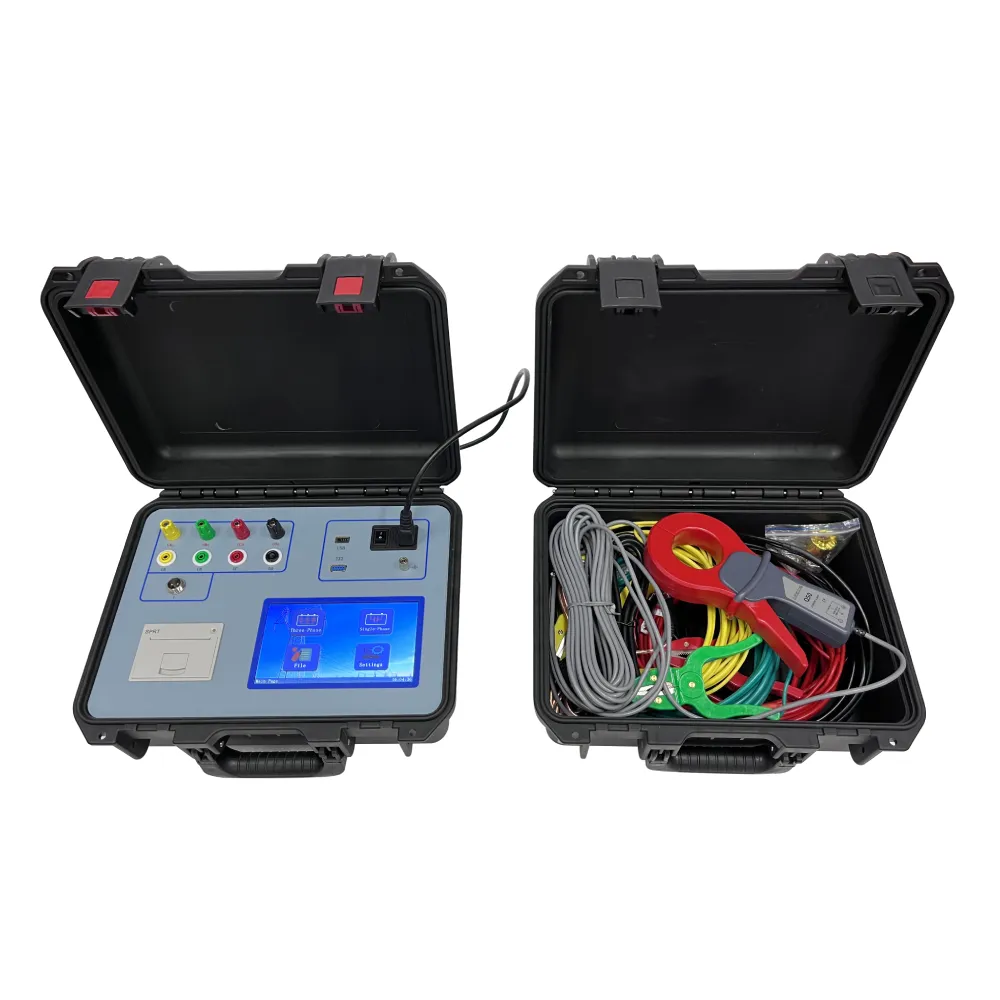 English
English



-
 Afrikaans
Afrikaans -
 Albanian
Albanian -
 Amharic
Amharic -
 Arabic
Arabic -
 Armenian
Armenian -
 Azerbaijani
Azerbaijani -
 Basque
Basque -
 Belarusian
Belarusian -
 Bengali
Bengali -
 Bosnian
Bosnian -
 Bulgarian
Bulgarian -
 Catalan
Catalan -
 Cebuano
Cebuano -
 China
China -
 China (Taiwan)
China (Taiwan) -
 Corsican
Corsican -
 Croatian
Croatian -
 Czech
Czech -
 Danish
Danish -
 Dutch
Dutch -
 English
English -
 Esperanto
Esperanto -
 Estonian
Estonian -
 Finnish
Finnish -
 French
French -
 Frisian
Frisian -
 Galician
Galician -
 Georgian
Georgian -
 German
German -
 Greek
Greek -
 Gujarati
Gujarati -
 Haitian Creole
Haitian Creole -
 hausa
hausa -
 hawaiian
hawaiian -
 Hebrew
Hebrew -
 Hindi
Hindi -
 Miao
Miao -
 Hungarian
Hungarian -
 Icelandic
Icelandic -
 igbo
igbo -
 Indonesian
Indonesian -
 irish
irish -
 Italian
Italian -
 Japanese
Japanese -
 Javanese
Javanese -
 Kannada
Kannada -
 kazakh
kazakh -
 Khmer
Khmer -
 Rwandese
Rwandese -
 Korean
Korean -
 Kurdish
Kurdish -
 Kyrgyz
Kyrgyz -
 Lao
Lao -
 Latin
Latin -
 Latvian
Latvian -
 Lithuanian
Lithuanian -
 Luxembourgish
Luxembourgish -
 Macedonian
Macedonian -
 Malgashi
Malgashi -
 Malay
Malay -
 Malayalam
Malayalam -
 Maltese
Maltese -
 Maori
Maori -
 Marathi
Marathi -
 Mongolian
Mongolian -
 Myanmar
Myanmar -
 Nepali
Nepali -
 Norwegian
Norwegian -
 Norwegian
Norwegian -
 Occitan
Occitan -
 Pashto
Pashto -
 Persian
Persian -
 Polish
Polish -
 Portuguese
Portuguese -
 Punjabi
Punjabi -
 Romanian
Romanian -
 Russian
Russian -
 Samoan
Samoan -
 Scottish Gaelic
Scottish Gaelic -
 Serbian
Serbian -
 Sesotho
Sesotho -
 Shona
Shona -
 Sindhi
Sindhi -
 Sinhala
Sinhala -
 Slovak
Slovak -
 Slovenian
Slovenian -
 Somali
Somali -
 Spanish
Spanish -
 Sundanese
Sundanese -
 Swahili
Swahili -
 Swedish
Swedish -
 Tagalog
Tagalog -
 Tajik
Tajik -
 Tamil
Tamil -
 Tatar
Tatar -
 Telugu
Telugu -
 Thai
Thai -
 Turkish
Turkish -
 Turkmen
Turkmen -
 Ukrainian
Ukrainian -
 Urdu
Urdu -
 Uighur
Uighur -
 Uzbek
Uzbek -
 Vietnamese
Vietnamese -
 Welsh
Welsh -
 Bantu
Bantu -
 Yiddish
Yiddish -
 Yoruba
Yoruba -
 Zulu
Zulu
current transformer polarity test
Understanding Current Transformer Polarity Testing
Current transformers (CTs) are essential components in electrical power systems, primarily used for measurement and protection purposes. Ensuring the correct polarity of these transformers is vital for the accuracy of measurements and the safety of the system. This article delves into the significance of current transformer polarity testing, methods used, and the implications of polarity errors.
What is a Current Transformer?
A current transformer is a device that produces an output current proportional to the current flowing in its primary circuit. By transforming high currents into manageable levels, CTs allow for safer measurements and effective protective relay operations. They are typically used in power generation, transmission, and distribution systems, providing real-time data to operators for decision-making.
Importance of Polarity in Current Transformers
Polarity refers to the direction of the current flow in relation to the transformer's secondary winding. Correct polarity ensures that voltage readings reflect the true current values, which is crucial for protection relays to operate correctly. In protective schemes, CTs are commonly connected in conjunction with relays, where the phase relationship between primary and secondary circuits directly affects the relay's performance. Incorrect polarity can lead to misoperations of protection devices and inaccurate measurements, potentially resulting in equipment damage or failure.
Methods for Testing Current Transformer Polarity
Polarity testing of current transformers can be conducted using various methods, including
current transformer polarity test

1. Visual Inspection This is the most straightforward method, where the markings on the CT are checked to identify the polarity. The H mark often denotes the high-voltage side (primary), while the X mark represents the low-voltage side (secondary). Ensuring that these are correctly oriented in the electrical circuit is fundamental.
2. Polarity Testing with a Megger A megohmmeter (or megger) can be employed to test the polarity. By applying a voltage across the secondary winding, the current flow direction is observed. The tester will indicate if the connections are correct based on expected current flow.
3. DC Testing Another method involves applying a low DC voltage to the secondary terminals while observing the polarity either through a voltmeter or a test device. This is typically done during maintenance checks to ensure the ongoing reliability of the CT.
4. Current Injection Testing This technique involves injecting a known current into the primary side and measuring the response on the secondary side. The output current's phase angle is analyzed to confirm correct polarity.
Implications of Incorrect Polarity
If the current transformer is incorrectly connected, several issues can arise. First, misinterpretation of current readings can lead to erroneous data being fed into protective relays, potentially causing them to trip when they shouldn’t or fail to trip when necessary. Second, incorrect polarity can create phase shifts in measurements, leading to inaccurate power calculations and compromised system efficiency. Ultimately, the safety of the entire electrical system can be jeopardized.
Conclusion
Current transformer polarity testing is a critical task for electrical engineers and technicians working in power systems. By ensuring correct polarity, electrical professionals can safeguard the reliability of measurements and the efficacy of protective equipment. Given the complexity and potential consequences of CT misconfigurations, regular testing and verification protocols are essential elements of effective power system management. Continuous education and awareness about the significance of current transformer polarity in enhancing system performance and safety will contribute to more robust electrical infrastructure.
-
Testing Equipment Industry Sees Major Advancements in 2025: Smart & Precision Technologies Lead the WayNewsJun.06,2025
-
Applications of Direct Current Generators in Renewable Energy SystemsNewsJun.05,2025
-
Hipot Tester Calibration and Accuracy GuidelinesNewsJun.05,2025
-
Digital Circuit Breaker Analyzer Features and BenefitsNewsJun.05,2025
-
Benefits of Real-Time Power Quality Monitoring Devices for Industrial EfficiencyNewsJun.05,2025
-
Earth Fault Loop Testing in High-Rise Building Electrical SystemsNewsJun.05,2025



